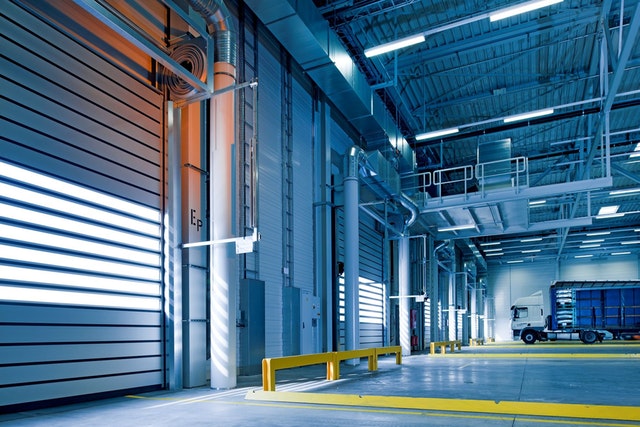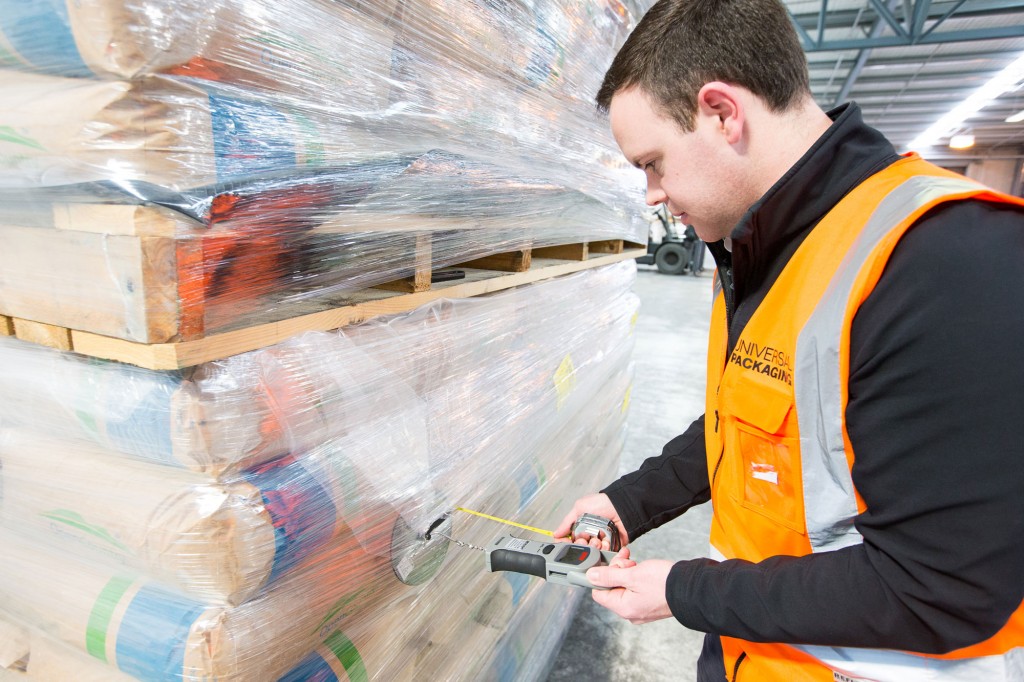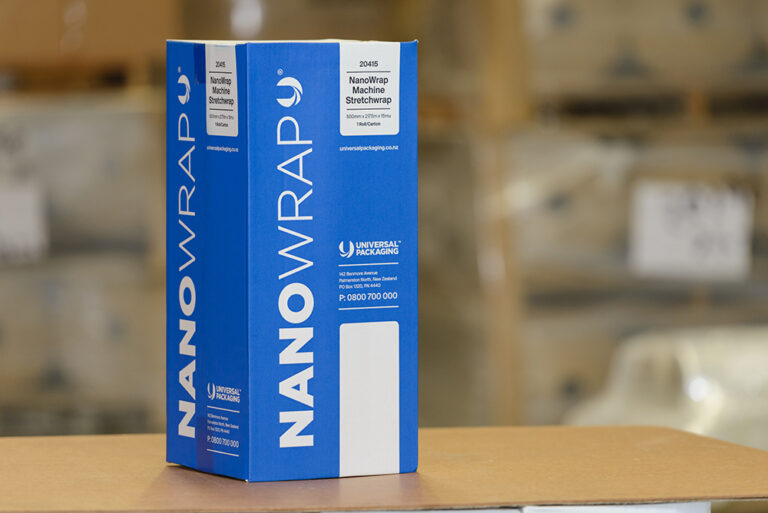Breadcrumb section
3 Ways D.Cs can Improve Sustainability Measures
When it comes to introducing effective sustainability measures there are a lot of big and bold decisions that can be made when establishing a new building or operation. However it can be harder to see where change can be effectively introduced in a busy, well-established distribution centre. We explore a few simple ways your business can make a difference.

It seems everyone is talking about the big changes afoot in D.C design and operation. From building materials to site location lighting and heating and much more, there are some fantastic approaches in place within some of New Zealand’s new buildings. With a keen focus on reducing the environmental impact, these innovative builds are making big steps thanks to a range of clever measures.
But what about the well-established operation? While some measures can be retrofitted, many are currently cost-prohibitive to introduce. Many companies too are also often too busy with the everyday work to make a confident and clear change.
1. Don’t replace like for like.
2. Measure everything.
Now that we’re in the ‘age of information’ there are far greater opportunities to gain the appropriate data and get a clear idea of where each and every resource is being used.
From general energy use to more focused reporting, such as specific product origins, Kiwi businesses have number of ways to make and measure change.
It’s certainly viable with semi or full automation of pallet wrapping. Our SCOPE system has been designed to effectively monitor all pallet packaging use while delivering clear reporting. This ensures the busy operation can easily test new wrapping products and make any move with confidence. It’s also a great tool for alerting centres when too much wrap is being used – anything outside of the set parameters can be quickly uncovered and fixed.
“To make informed decisions and changes based on the evidence, businesses require high‐quality and accessible information, data and decision‐support tools. A worst‐case scenario is, for example, consumer push‐back about plastic packaging triggering a product redesign to a non‐plastic alternative that is actually less recyclable in our local context or has more detrimental environmental impacts.”
Rethinking Plastics in Aotearoa New Zealand, 2019.
This is just one example of how the correct use of the ‘internet of things’ is empowering New Zealand businesses to make informed decisions on everyday product use. If you’d like to know more about the SCOPE system talk with one of our technical consultants.

3. Make all the right moves.
It can be surprising how often distribution centres have easily-remedied instances of excessive equipment movement or double handling of goods.
Sometimes this is a case of too-busy-to-try-something new. Other times it’s the result of incremental changes in process, product or people – small modifications that have resulted in larger inefficiency. No operation stays exactly the same year after year and it’s important to keep a mindset of ‘constant improvement’ here.
Quite simply, less travel means less energy used. Less energy used means less waste and greater profit. Sometimes when we’re on site it can be simply a matter of moving a pallet wrapper a few metres to make these gains. Other times it’s the move from a semi-automated operation to full automation.

Of course (we were always going to say it!), a good way to create enduring positive change is with the move from old-fashioned pallet wrap to the far more efficient new options. Reducing wrap needed doesn’t just help keep costs down and pallets secure – it also reduces the overall weight of pallets to help reduce the carbon footprint of transportation.
More often than not a change to decrease waste gives your company a boost rather than a drain. It’s a way to help your team, impress your stakeholders and maintain a competitive advantage. It’s why a good Sustainability Manager can be worth their weight in gold.
And it’s why, if you’d like a site audit to help with your sustainable packaging processes, you should get in touch with us today.